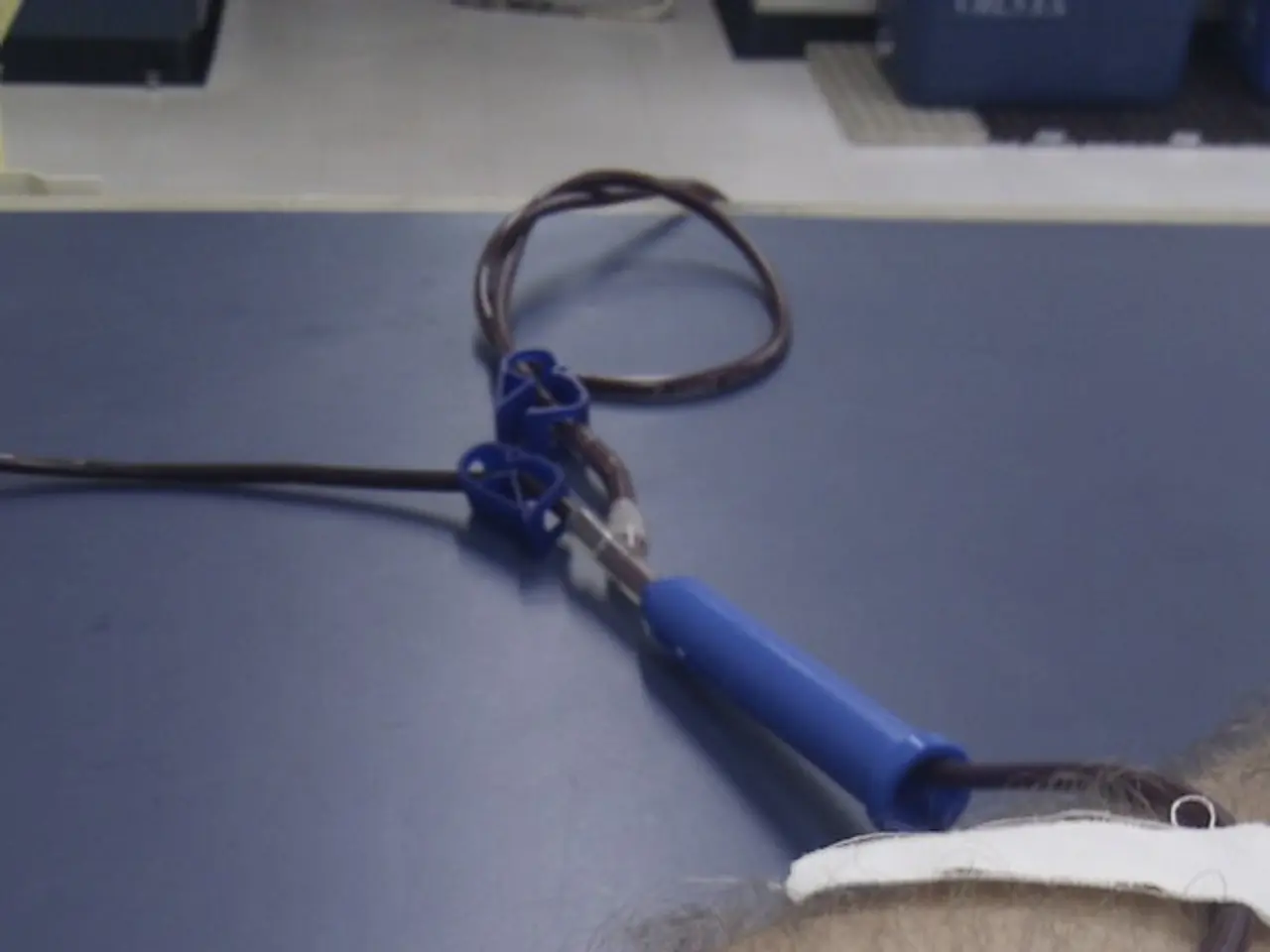Computer Vision Issues with Bifocals: Struggling to Focus on Screen
In the digital age, spending hours in front of a computer screen has become the norm for many of us. However, this prolonged screen time can take a toll on our eyes, leading to discomfort and strain. Ophthalmologist Richard E. Gans, MD, suggests that computer glasses or progressive bifocals could be the solution to this problem.
Computer glasses are a type of eyewear designed specifically to improve vision and comfort when working at a computer screen. Unlike regular reading glasses or bifocals, these glasses are optimized for the intermediate distance zone, the area where a computer monitor typically sits, approximately an arm’s length away. This design provides a wider intermediate zone, reducing the constant need to tilt your head or adjust your glasses.
For those who use bifocals, the challenge lies in the fact that the bifocal segments are usually optimized for near tasks, like reading, and distance vision, but not specifically for the intermediate distance of a computer screen. This mismatch can lead to discomfort or eye strain as users attempt to find a clear focus area.
To address this issue, computer glasses include a smaller area at the bottom for closer desk work, like reading papers, so you can still see those objects clearly without swapping glasses. Moreover, they lessen the effort your eye muscles need to exert, helping prevent tired, dry, or watery eyes, headaches, and visual fatigue common with using bifocals at a computer.
Progressive bifocals can also be an alternative to computer glasses. They allow for clear vision at multiple distances, including that of a computer monitor. With progressive bifocals, a slight change in head position can help find the spot for clear computer vision. This potential solution could potentially eliminate the need for separate reading glasses and distance glasses for computer use.
It's important to note that most bifocals and reading glasses are designed to give focused vision at a distance of about 14 inches from the eye, which is not suitable for close-up work on a computer. On the other hand, a computer monitor sits farther away than where a bifocal can focus but is too close for distance correction.
In summary, whether you opt for computer glasses or progressive bifocals, these solutions can provide a more comfortable and strain-free visual experience when working at a computer, addressing the unique focusing challenges bifocal wearers face in that environment. By tailoring the lens prescription to the computer distance, these glasses and lenses lessen the effort your eye muscles need to exert, promoting healthier posture during prolonged computer use.
Computer glasses can offer enhanced vision and comfort when working on a computer screen, as they are optimized for the intermediate distance zone, unlike regular reading glasses or bifocals. Progressive bifocals, another option, can help find the spot for clear computer vision with a slight head position adjustment, potentially eliminating the need for separate reading glasses and distance glasses for computer use. This change can promote healthier eye-health, contributing to overall health-and-wellness during prolonged screen time.




